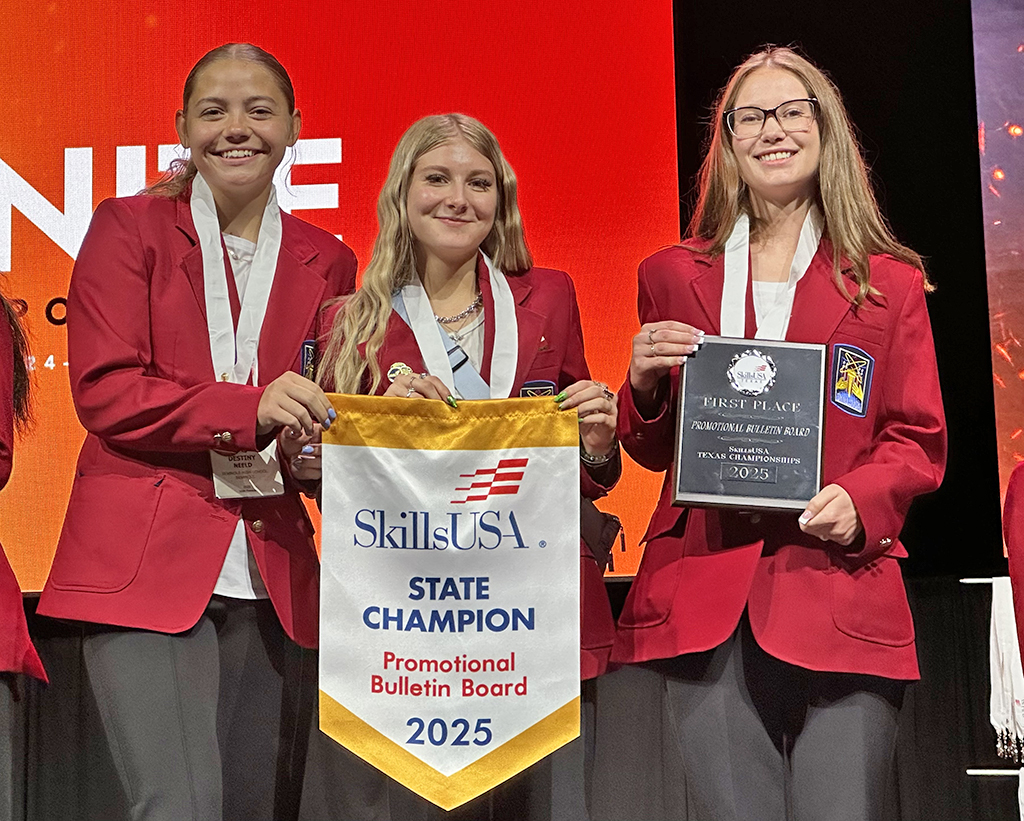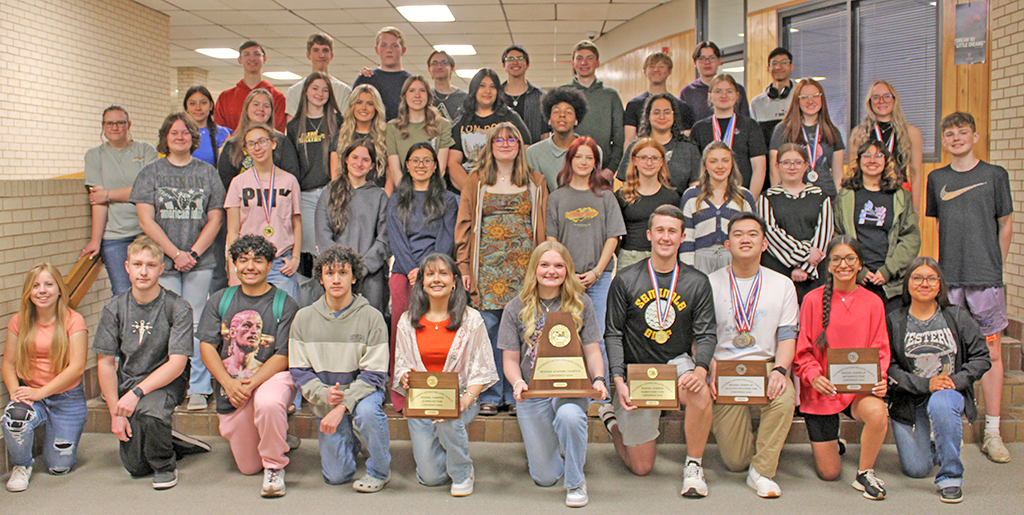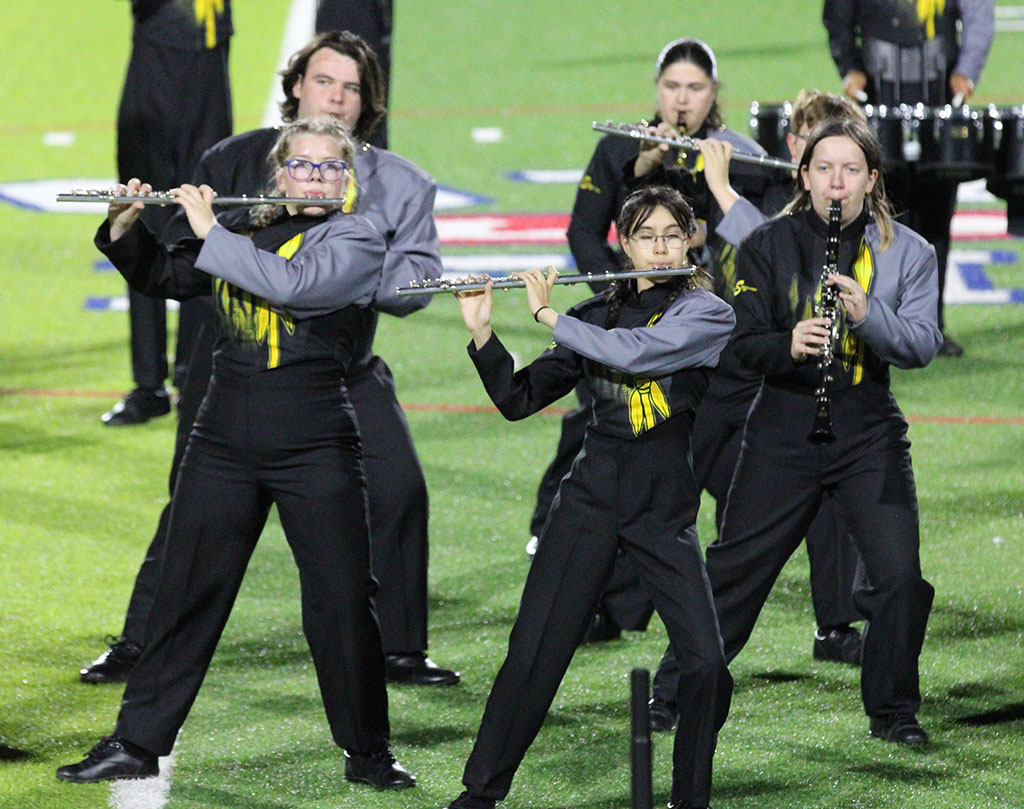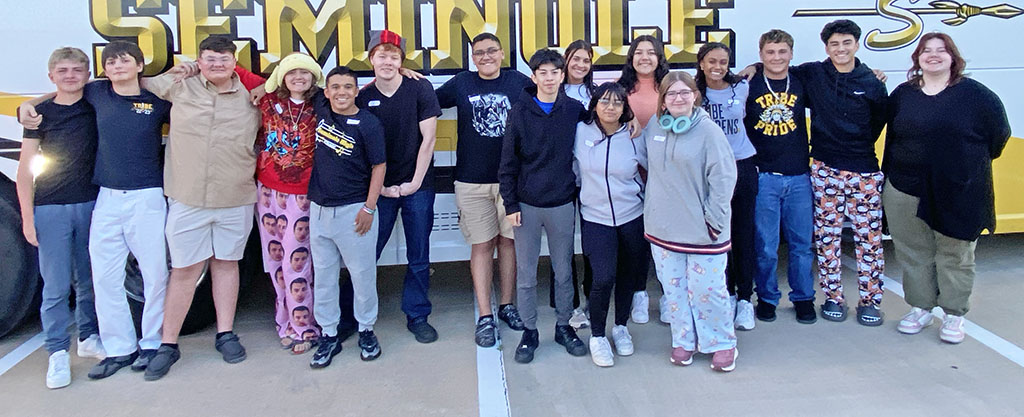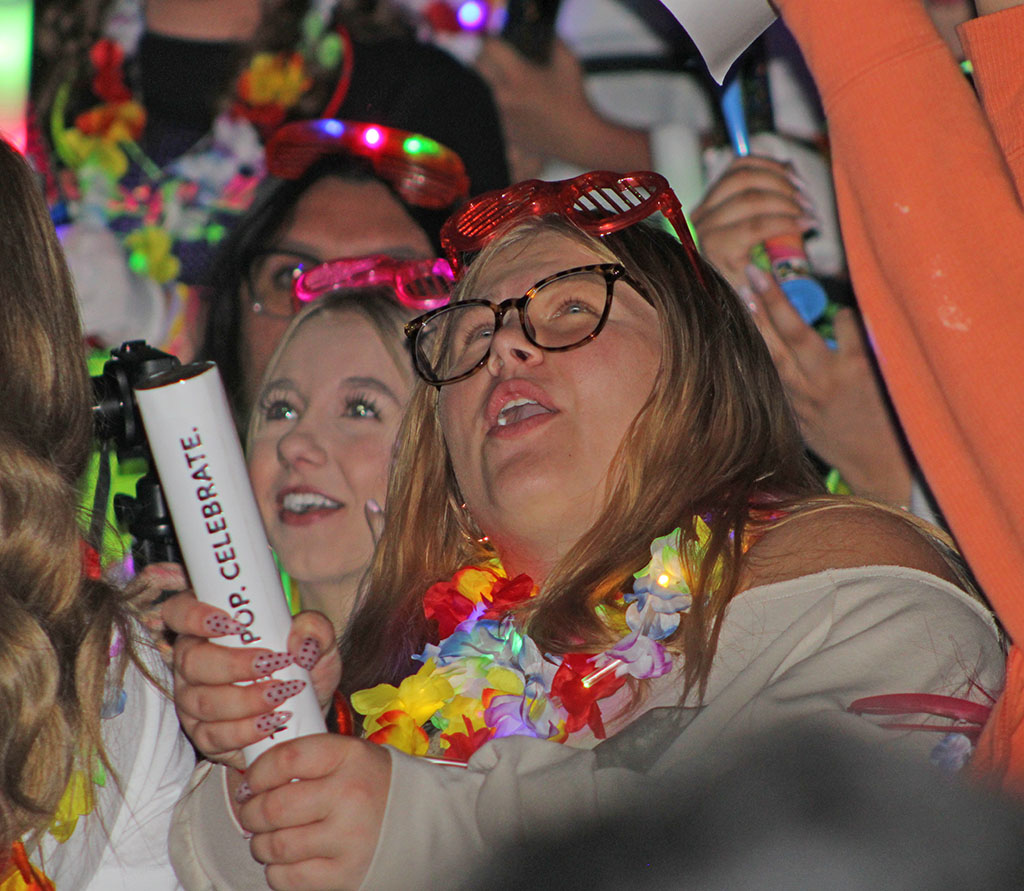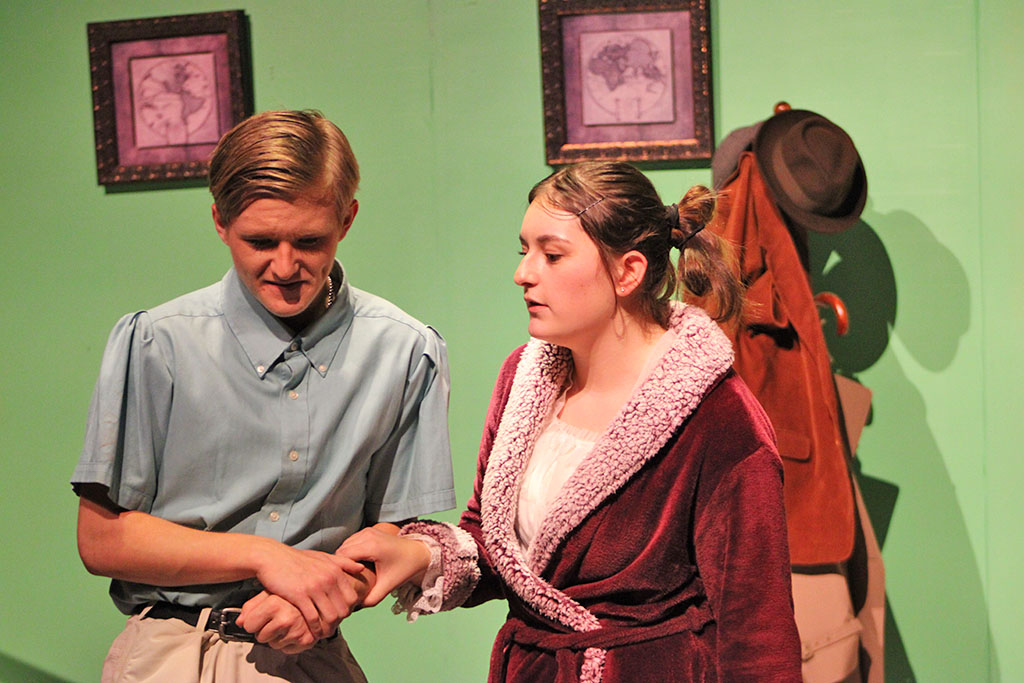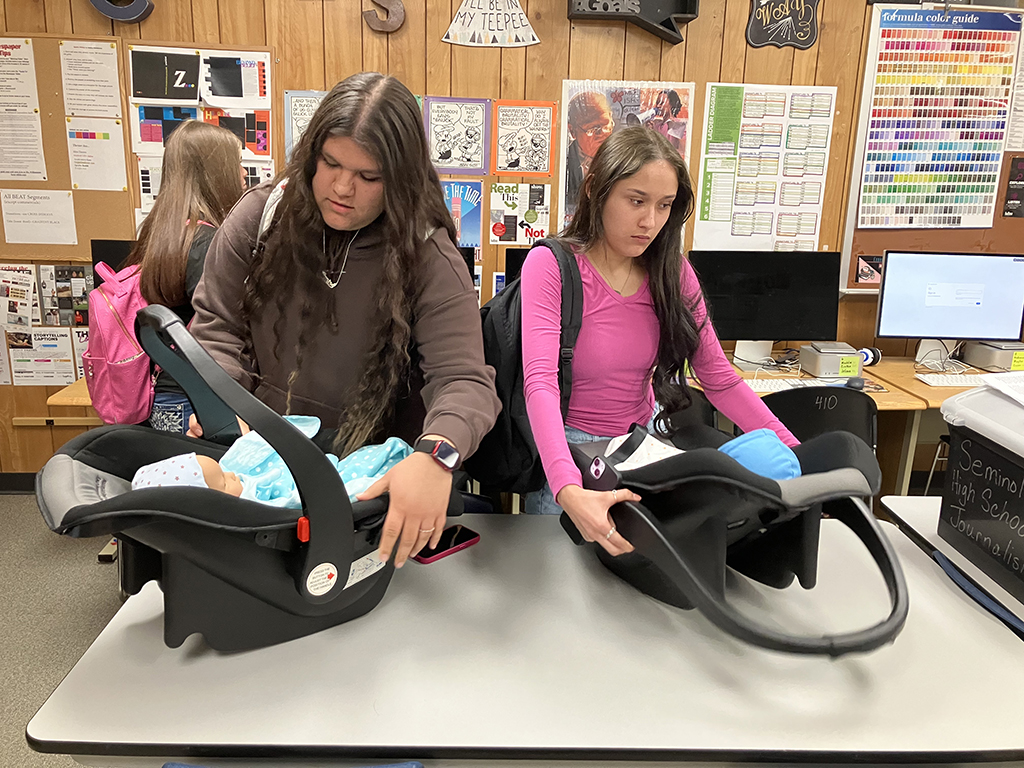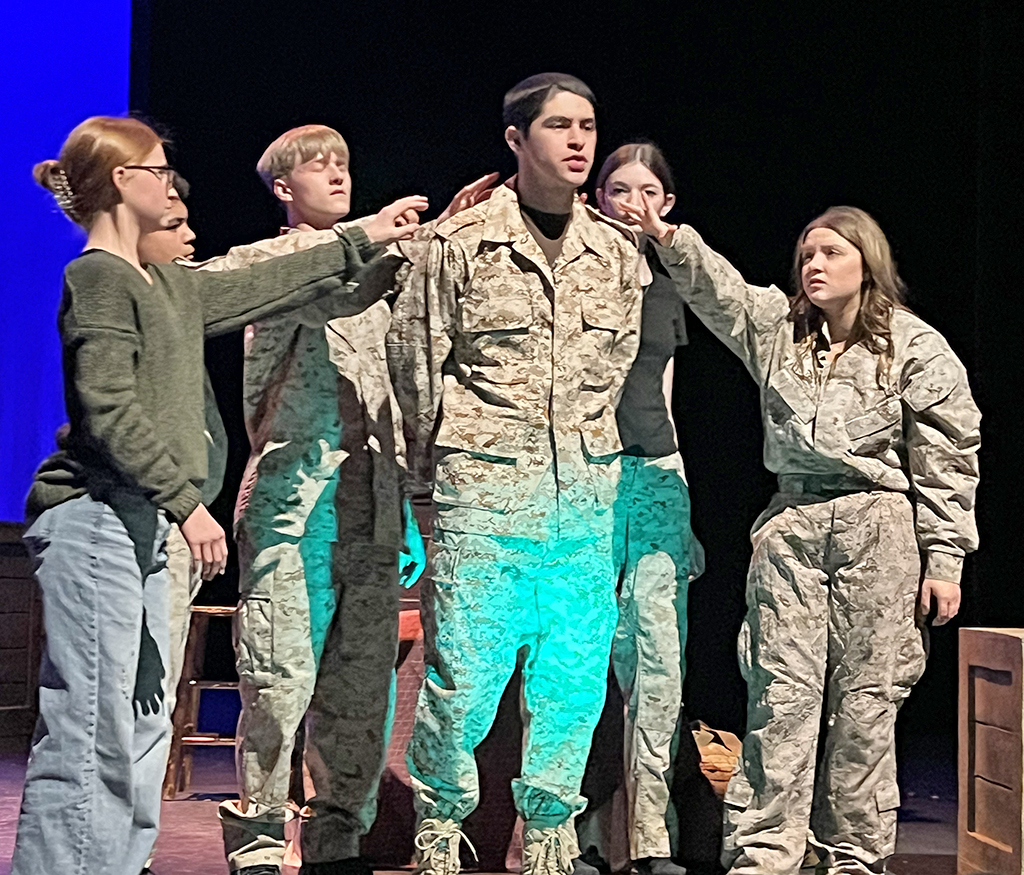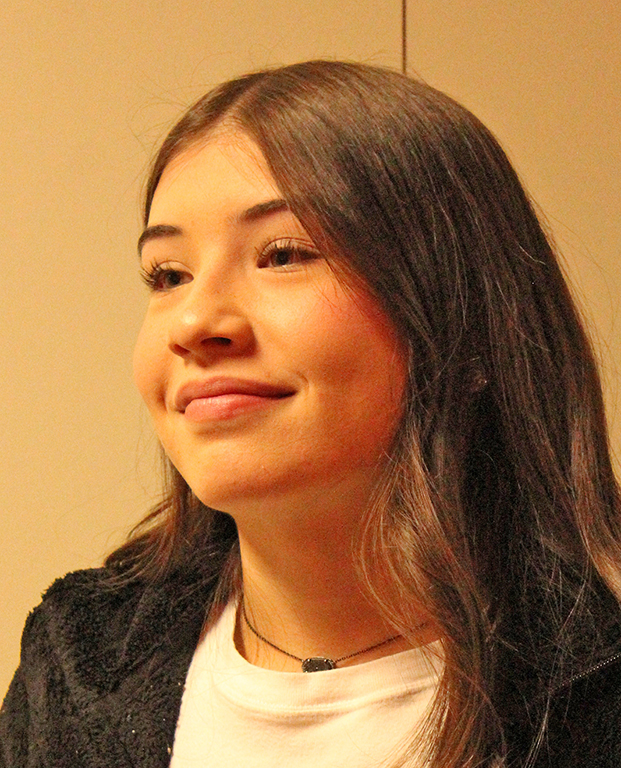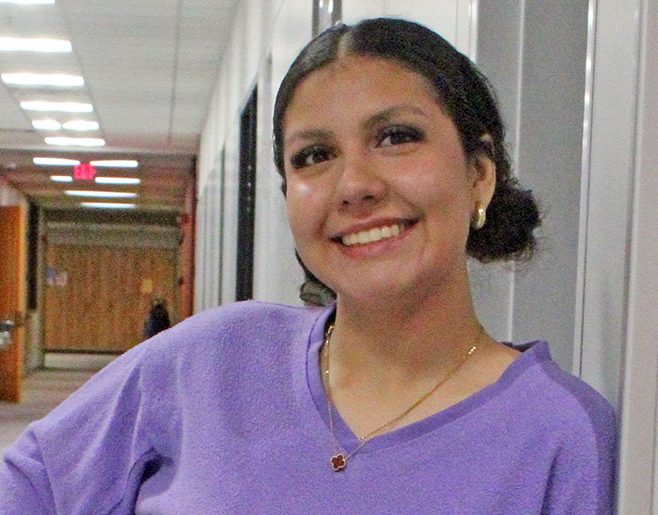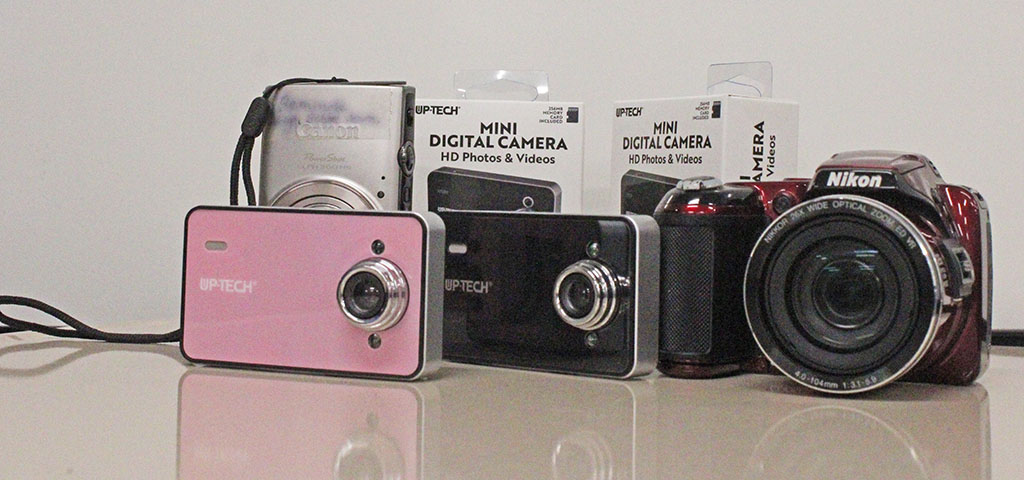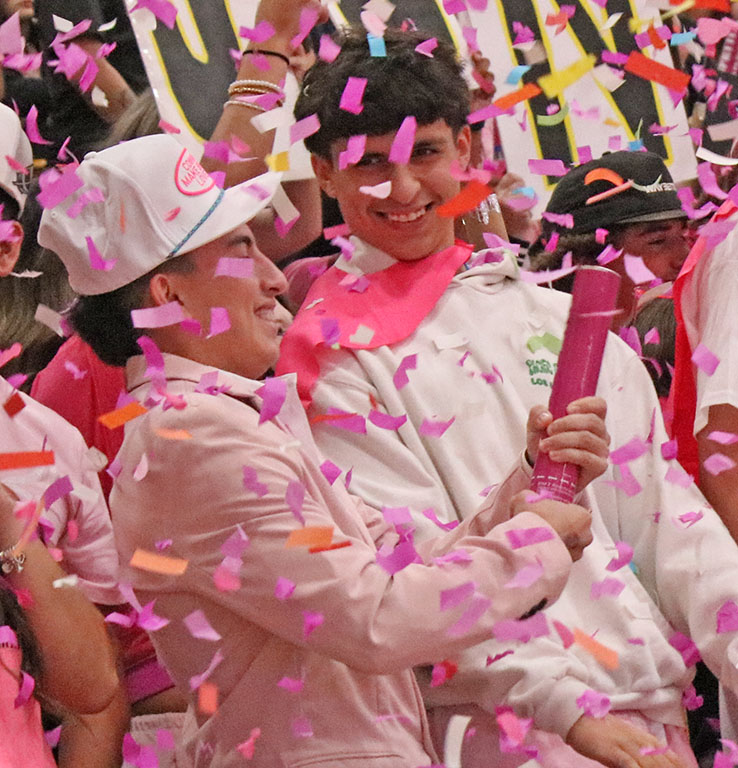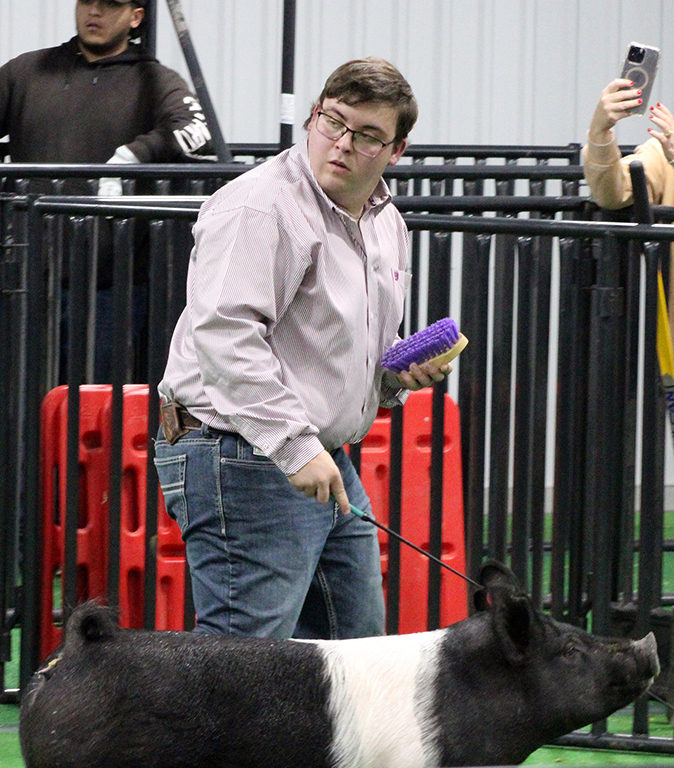It was the middle of the night and she was awakened from a sound sleep by her baby. She stumbled to the side of the room but could not find the bottle. The baby’s cries grew more intense. She wished she could throw the baby against the wall, but then she would certainly not make and A on the assignment.
“It was pretty stressful, and I got my sleep taken,” junior Briana Gomez said. “I wanted to just sleep, but instead I had to take care of the robot baby. Those three days, I was just exhausted.”
The “robot baby” was an infant simulator which child development students took home for multiple nights. Students have to take care of the baby simulators for three days and two nights.
“It was good but I was kind of tired,” junior Melany Vazquez Campos said. “It kept waking up, but I figured out the crying.”
Students have to balance going to school while also taking care of the baby.
“The students can become aware of the responsibility of something other than themselves,” child development teacher Jill Darby said. “We see how well the child will adapt to waking up because of the crying or if they’ll sleep through it. If they miss the care, it will monitor the lack of care.”
Lack of care meant a student’s grade went down. It is a difficult task trying to drive and travel with the babies needing care.
“My friend and I went to Hobbs to look for a dress,” Gomez said. “I had to jump over seats to burp him and stop to change his diaper in Walmart. It was embarrassing.”
The students had to attend to the baby right as it starts crying because it monitored students who didn’t.
“I did have some trouble,” senior Armine Sandoval said. “It records as mistreatment when you let it cry, so it was hard driving and holding the bottle at the same time.”
The experience of taking care of the baby simulators taught important lessons. the experience showed the difficulties of being a parent of an infant.
Students got to experience the reality of having a baby at a young age.
“It shows the reality of being a teen mom,” Gomez said. “It shows how it would be trying to manage being a mom and school at the same time.”
The experience of taking care of the simulators influenced whether the students want children or not.
“I’ve always been team no kids,” Gomez said. “I am going to stick to that.”
Vazquez Campos said she learned she wasn’t ready.
“I would want kids in the future but not now, not soon,” Vazquez Campos said. “It was hard. I feel like you have to stop living for you and live for the baby. I feel like we know now how difficult it is to have babies at a young age.”
The lesson showed the students the responsibilities that come with having a baby.
“I think it’s an important lesson,” Sandoval said. “If you know it’s something you can’t handle, you should be cautious. This can lead to you not wanting babies.”
Sandoval said she though a real baby might be preferable to the simulator.
“I don’t think a real baby would be as bad as the simulated baby,” Sandoval said. “With the simulated baby you don’t know what it’s crying for. I think it would be way easier with a real baby.”
Vazquez Campos, on the other hand, felt a real baby would be harder.
“It would be more complicated,” Vazquez Campos said. “They would throw up, need baths and cry more than the simulated baby.”
Whatever the students’ opinions of the days with their simulated babies were, one thing was true–one couldn’t check a real baby back in on the third day.
“When I got home from school it was just really fussy,” Sandoval said. “It only cried at night, not in the day, so it wasn’t that bad. On the third day it didn’t cry throughout the day, but every hour throughout the night. I didn’t get any sleep, it was terrible.”

